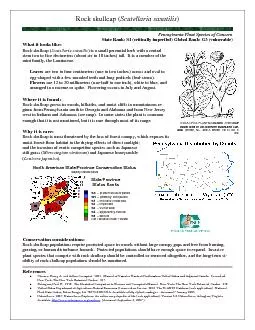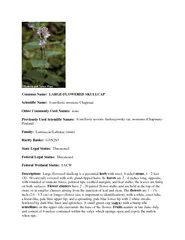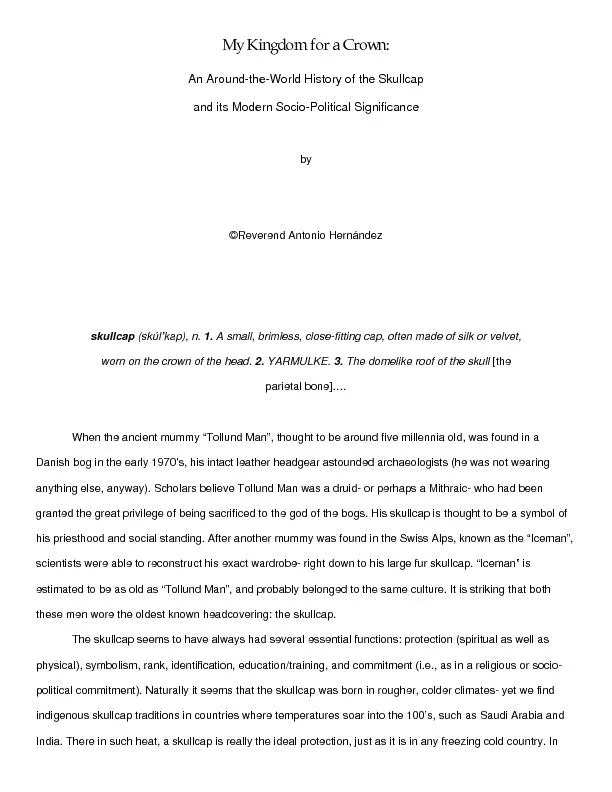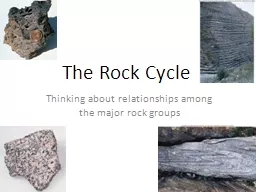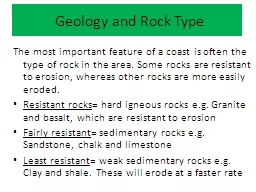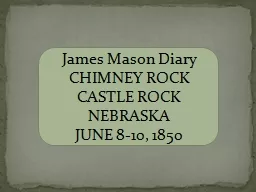PDF-Rock skullcap
Author : karlyn-bohler | Published Date : 2015-10-23
Scutellaria saxatilis Pennsylvania Plant Species of Concern State Rank S1 critically imperiled Global Rank G3 vulnerable What it looks like Rock skullcap Scutellaria
Presentation Embed Code
Download Presentation
Download Presentation The PPT/PDF document "Rock skullcap" is the property of its rightful owner. Permission is granted to download and print the materials on this website for personal, non-commercial use only, and to display it on your personal computer provided you do not modify the materials and that you retain all copyright notices contained in the materials. By downloading content from our website, you accept the terms of this agreement.
Rock skullcap: Transcript
Download Rules Of Document
"Rock skullcap"The content belongs to its owner. You may download and print it for personal use, without modification, and keep all copyright notices. By downloading, you agree to these terms.
Related Documents

